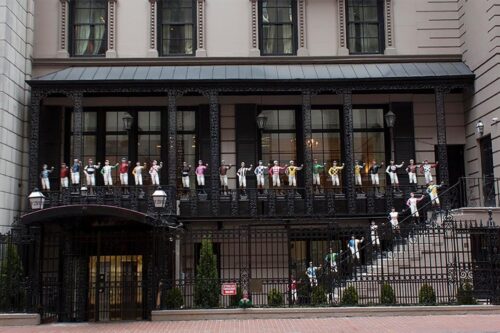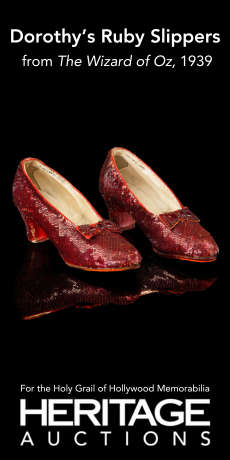During New York’s Classic Years
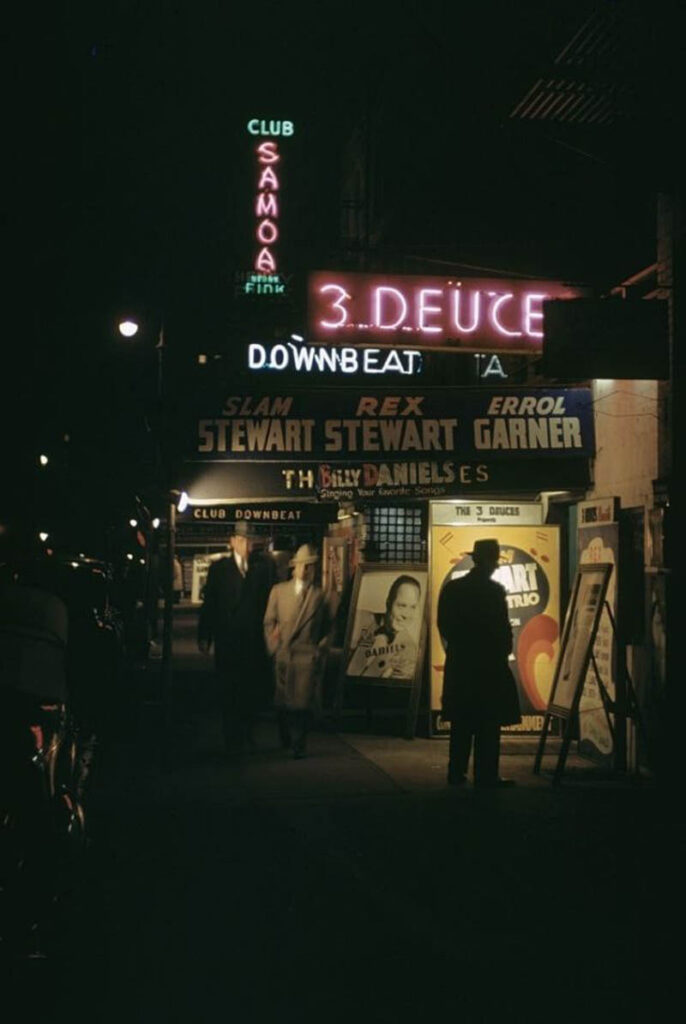 The Street: West 52nd Street newyorkthegoldenage.tumblr.com
The Street: West 52nd Street newyorkthegoldenage.tumblr.com

By Megan McKinney
During Prohibition, New York’s “21” Club operated as a fashionable upmarket speakeasy under various names and at several addresses before Jack Kreindler and Charlie Berns anchored the developing legend at 21 West 52nd Street in January 1930.
Meanwhile, west of “21” on 52nd Street, nearly 40 other speakeasies would soon be emerging from behind the Judas-windows of their bolted doors; some to reappear as minor French restaurants, a few converted into bars or strip joints, but many to become jazz clubs. The one-street belt had originally resulted from the earlier exodus of wealthy brownstone owners moving to estates in Connecticut or Long Island, leaving their former homes to be divided into apartments by developers—developers who found that ground floor units brought significantly higher rents as speakeasies.
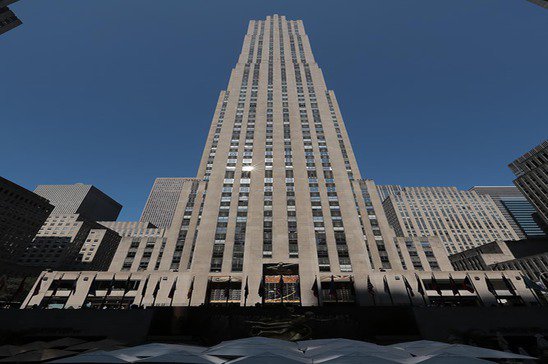
wikipedia.org
Even John D. Rockefeller Jr.’s charitable plans were impacted by the Great Depression.
Concurrently, John D. Rockefeller Jr. had acquired the square block between 49th and 50th Streets and Fifth and Sixth Avenues to build a new Metropolitan Opera, a largesse dramatically altered by the 1929 stock market crash. The opera gift was promptly scrapped in favor of a commercial venture, Rockefeller Center, which would extend from 48th to 51st Streets between the two great avenues, squeezing the old brownstone neighborhood to one lone stretch. Eventually, additional business development would be attracted to the area; however, 52nd Street would enjoy a decade and a half post-repeal respite.

The heyday of 52nd Street’s great jazz era, circa 1948. deskpicture.com
Following the Prohibition years of dreary anonymity behind unmarked doors, the block between Fifth and Sixth burst forth as “The Street,” with a gloriously raffish jumble of self-promoting neon lining both sides of the block. Three-story vertical signs dominating the five-floor brownstones to which they clung proclaimed: Onyx, Jimmy Ryan’s, Famous Door, Three Deuces, Spotlite, Yacht Club, Downbeat. The aggressive march of names jumped Sixth Avenue to announce further now-legendary spots in the next block, including Kelly’s Stable and The Hickory House. From 1934 until 1950 or so, various garish signboards appeared, vanished and often reappeared in different locations along The Street, and, for those few breathtaking years, this energetic sweep flourished as a jazz capital of the world.

“Bird” Parker
Twelve months a year, every year, vibrant entertainment overflowed from narrow shoebox interiors onto convivial sidewalks, transforming 52nd into an all-night, every-night block party, with jazz aficionados wandering happily from one club to another. On a midsummer evening, the mingled strains of trombone, tenor sax, clarinet and bass drifted through open doors, with strollers promenading to a mix of live music from Charlie Parker, Thelonious Monk, Fats Waller and the Coleman Hawkins’ Quartet. Between sets, Jack Teagarden often picked up his trombone and sauntered down the sidewalk to sit in with a group at another club—and perhaps still another—before returning to the address from which he was being paid.
 Jack Teagarden and his traveling trombone. Photo Credit: William P. Gottlieb
Jack Teagarden and his traveling trombone. Photo Credit: William P. Gottlieb
Participants who experienced evenings of wandering 52nd Street on balmy spring evenings reminisced about an “erotic chemistry . . . a magical mood . . . more than just music. It was a feeling it gave you.” Songwriter Johnny Mercer remembered it as “the focal point of jazz for the influential musicians of the time. When they weren’t playing they wanted to listen.” Others recalled that “in an evening, you could walk through 40 years of music. The whole history of jazz was there in capsule form.”

Stuff Smith and his hot-swinging violin. discogs.com
Pioneering The Street was Onyx, “the Cradle of Swing,” which introduced the violinist Stuff Smith and later elegant vocalist Maxine Sullivan, who transformed the Scottish folk tune Loch Lomond into an American jazz classic. Other incubators on the block included Famous Door and Three Deuces, yet all of 52nd Street was a cradle for jazz.

The gifted but tragic Bessie Smith. factinate
Historic Sunday jam sessions were held in a room above the original Famous Door, where in February 1936, Bessie Smith made her only appearance on The Street in a performance that no one who heard her on that frigid winter afternoon would ever forget; 18 months later, she was dead as a result of an infamous Mississippi road accident.
The unparalleled jazz greats, pianist Art Tatum, singer Billie Holiday and later Erroll Garner, matured on The Street.
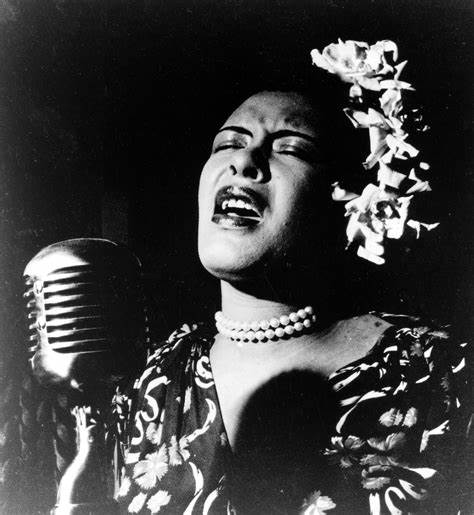
The unforgettable “Lady Day.” rubbercityreview
Billie flopped at both Onyx and Famous Door, and Tatum played the Onyx, when it was still a speakeasy, for no money but “all the beer he could drink.” Later, he and Holiday became the two highest paid acts on 52nd Street. And Nat King Cole was intermission pianist at Kelly’s Stable when Billie called in sick one night and the manager—who had heard Nat sing one afternoon when he thought he was alone—begged him to go on for her. It was the beginning of a spectacular new career for one of the 20th century’s most popular mainstream entertainers.
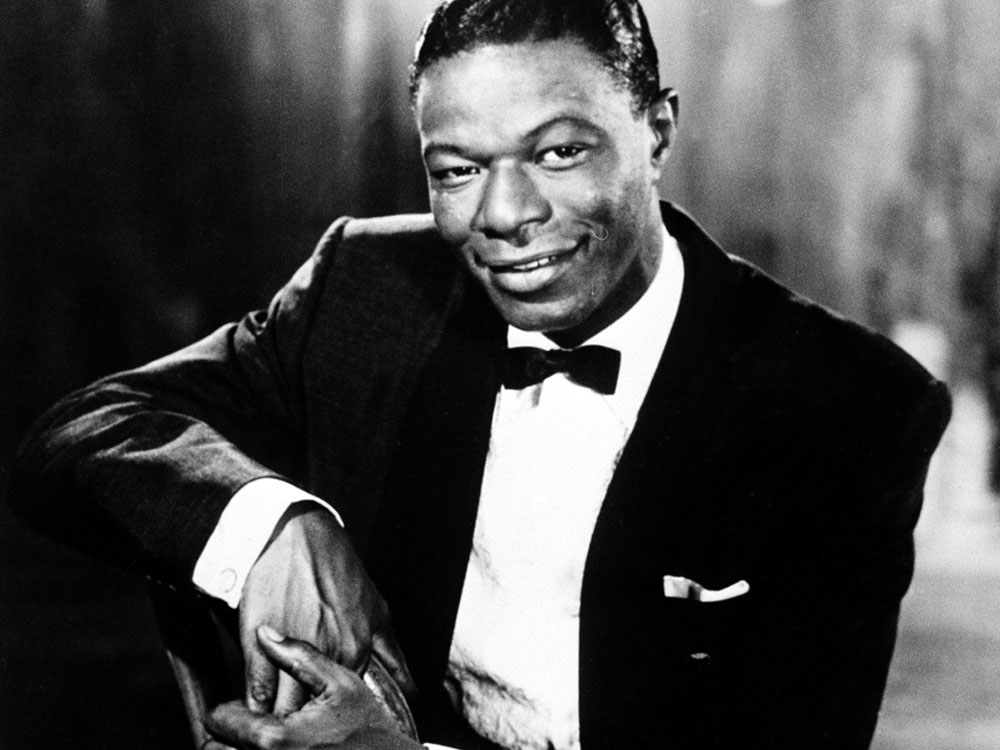
Nat King Cole owed his career to Billie Holiday. billboard.com
Jazz also thrived in Greenwich Village, where Nick’s at 10th Street and Seventh Avenue specialized in Dixieland. Among Nick’s regulars was the guitar and banjo-playing Eddie Condon, who, in 1945, opened his own popular club a few blocks away on West Third Street.

Eddie Condon at his eponymous club on West Third Street. my.mailru
And it was at Cafe Society, the ironically-named, nose-thumbing leftist nightclub at One Sheridan Square, that Billie Holiday first sang her heartbreaking rendition of Strange Fruit.

Jimmy Ryan’s survived on The Street—for a while. Photo by Al Q on flickr
As leases fell in and rents mounted along 52nd Street, the majority of the great jazz clubs collapsed or moved on. Others, most notably Jimmy Ryan’s and Hickory House, remained for a few years before vanishing forever. Birdland, presided over by Pee Wee Marquette, a strident midget in a child’s tuxedo, appeared on Broadway near the corner of 52nd Street, and a block south, at 51st, was Basin Street. Unaffected was The Embers on the East Side, directly opposite El Morocco. When Dorothy Donegan played The Embers, her foot-stomping piano playing invariably pulled the Duke and Duchess of Windsor across 52nd Street from El Morocco for at least one evening during her engagement.
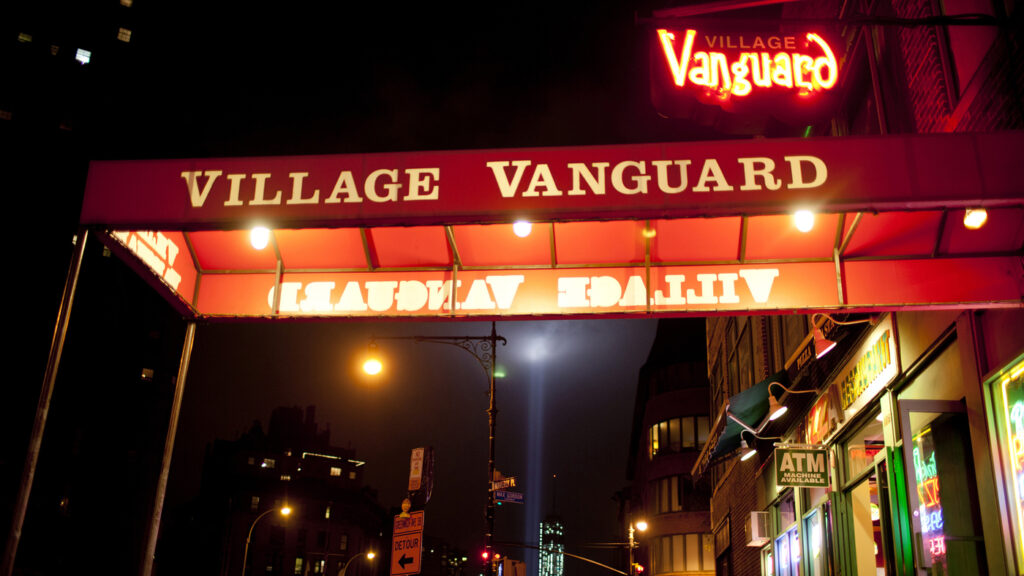
The Vanguard.
While Bebop gained ascendancy in midtown, Dixieland prevailed in the Village, where Eddie Condon’s and Nick’s continued to be favorite haunts, along with the Village Vanguard. The Vanguard was uneven, a spot where one might hear a shopworn and soon to be rehabbed jazz singer, the great Anita O’Day, in a crisp organdy dress and virginal white cotton gloves, sing the darkly cynical Love for Sale—an experience vividly memorable to this day. Or watch while Jack Kerouac was being physically pried from the bar and led over to the stage to manage a reading from San Francisco Blues accompanied by jazz musicians before returning to more urgent business at the bar. A few years later, he was dead of alcoholism at 47.
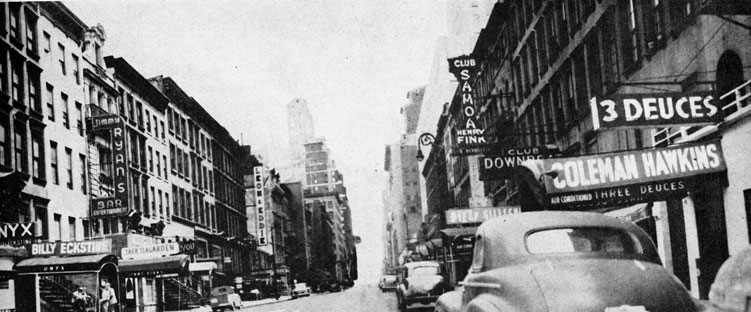
West 52nd Street R.I.P.
Author Photo: Robert F. Carl



